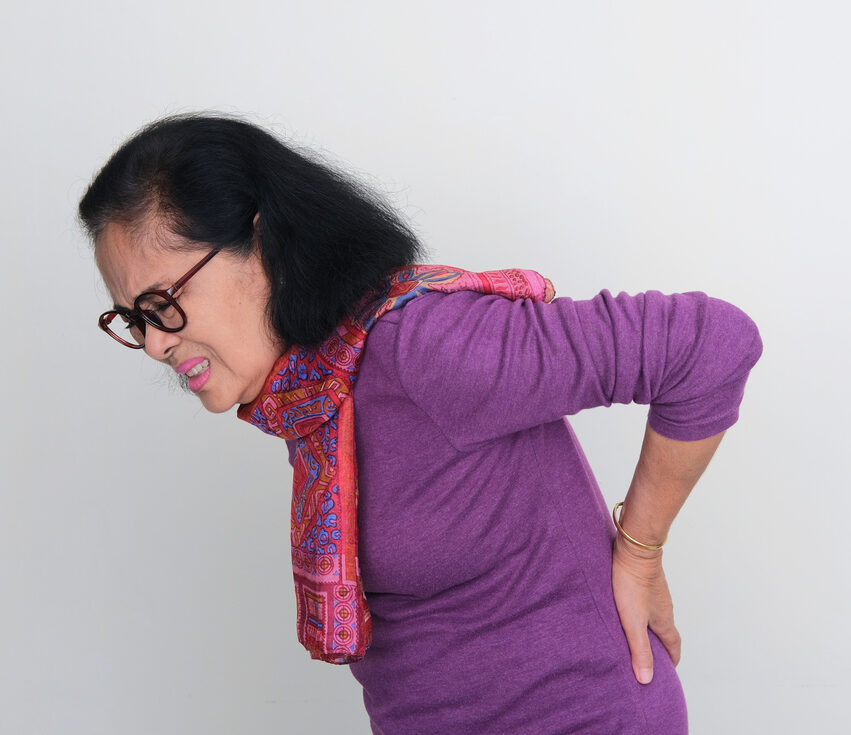No Slouching: Be Aware Of Your Posture As You Move On In Years
June 28, 2023

It’s clear that for agebuzz readers- really for anyone getting on in years- maintaining balance and preventing falls is an important topic. And while we regularly address balance and strength-building exercises, clutter clearance, and other fall prevention strategies, perhaps one of the more undiscussed but important areas of consideration is paying attention to your posture. While rounding your shoulders, facing your head down, and stooping are not an inevitable part of the aging process, changes in your aging body can lead to changes in your posture, and those changes can affect everything from the way you breathe to the way you digest food to the balance you maintain. As one source of expert advice makes clear, “Good posture can help prevent falls by improving balance and stability. It can also help reduce the risk of fractures and keep our muscles functioning well.” So how do you know you’re practicing “good posture?”
First, what is good posture? Generally speaking, it occurs when you align all of your body parts so that your weight is evenly distributed and your body is not placing too much strain on any part of your musculoskeletal system. Experts recommend that you get into the regular habit of “postural awareness” and check yourself frequently during the day to make sure you’re correcting any slouching, shoulder rounding, head tilting, or other physical positions that prevent you from standing up straight and tall. In fact, you can even perform some self-tests (using a mirror or standing against a wall) to gauge just how your posture is at any given point. Signs you’re out of alignment could include one shoulder or hip being higher than the other or seeing your head positioned more forward and out rather than resting between your shoulders.
While poor posture can occur (and cause problems) at any age- and these days, excessive sitting and computer and cell phone use are causing younger people to begin to have poor posture hygiene- as you get older the problems from poor posture can really begin to pile up, including putting you at risk for loss of balance and a fall. What happens when your posture is poor? You’re likely susceptible to all sorts of health problems including back pain, headaches, respiratory problems, and poor digestion. Furthermore, without proper alignment, you’re likely to fatigue your muscles, cause wear and tear on joints, and exacerbate arthritis, among other quality-of-life concerns. There’s also the condition called “kyphosis” which is a normal curvature of your spine but can advance to “hyperkyphosis” which creates the hunch-backed look that is often associated with the later years of life. If that exaggerated curve is not stopped through exercises, strengthening bones, and constant posture vigilance, you could wind up with a weakened spine, putting you at greater risk of falls and injury. In fact, in one study, women with hyperkyphosis were more likely to die in the 8 years following their diagnosis than those who did not suffer from it.
But the curvature of the spine and other symptoms of poor posture can be prevented or even improved with the right interventions. Many of the recommended exercises are ones with which you’re already familiar, from core strengthening exercises to muscle strengthening to many yoga poses. There are also numerous recommended exercises specific to improving your posture. A recent article in Real Simple recommended 5 different exercises (always remember to first check in with your physician to ensure you’re on the right track) none of which require special equipment. Wellness52 has a different set of five exercises (with visual demonstrations) including the “bird dog,” a “child’s pose,” and a modified swimming movement. And for some daily “hacks” to ensure good posture when you’re doing your daily chores, check out the post on Med Shadow Foundation, which includes exhortations to be mindful of proper sitting positions and regular movement. As with so many aspects of aging, a little self-awareness and a lot of physical activity can put you on a path of better posture maintenance, thus lowering your risk of falling.







